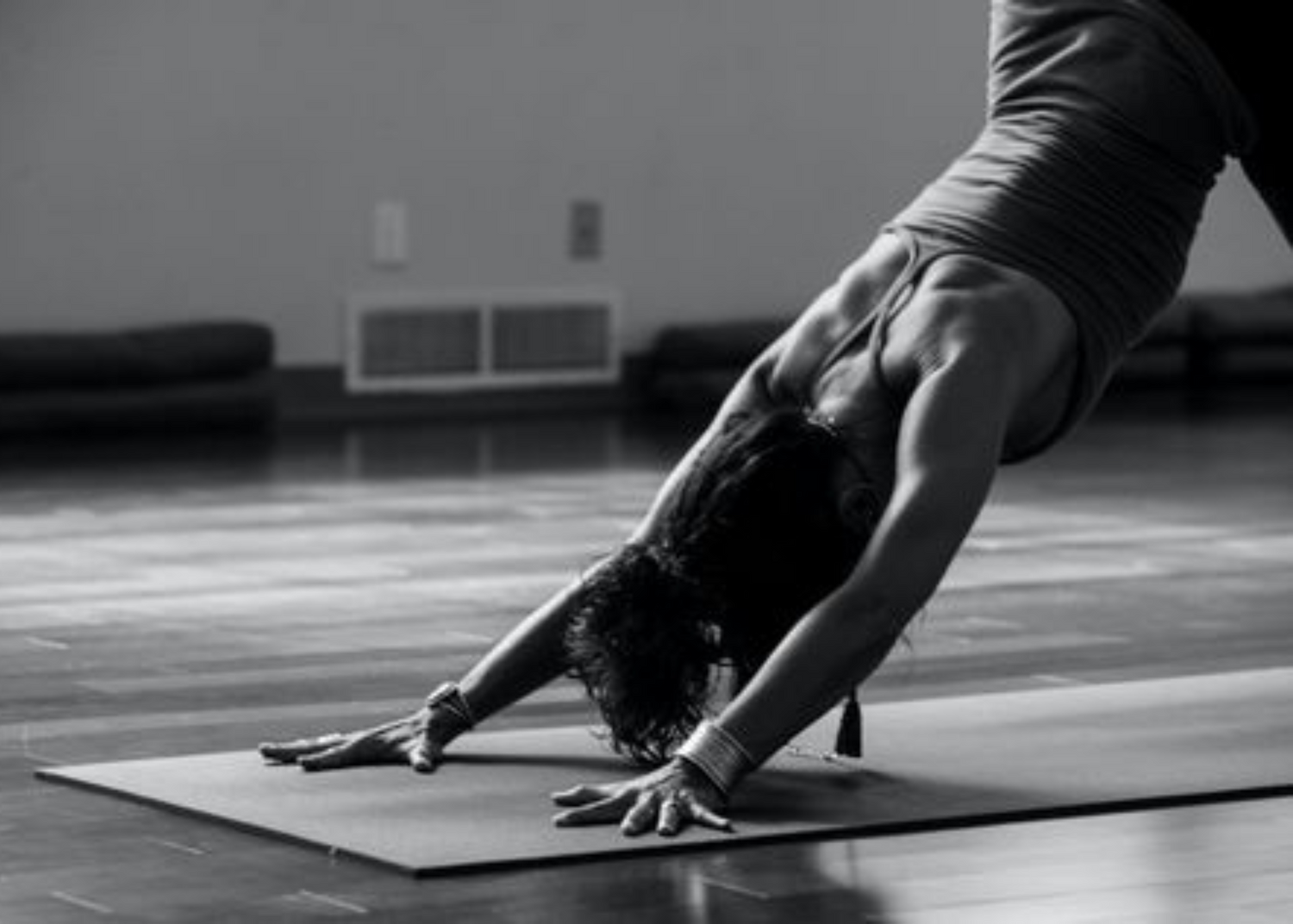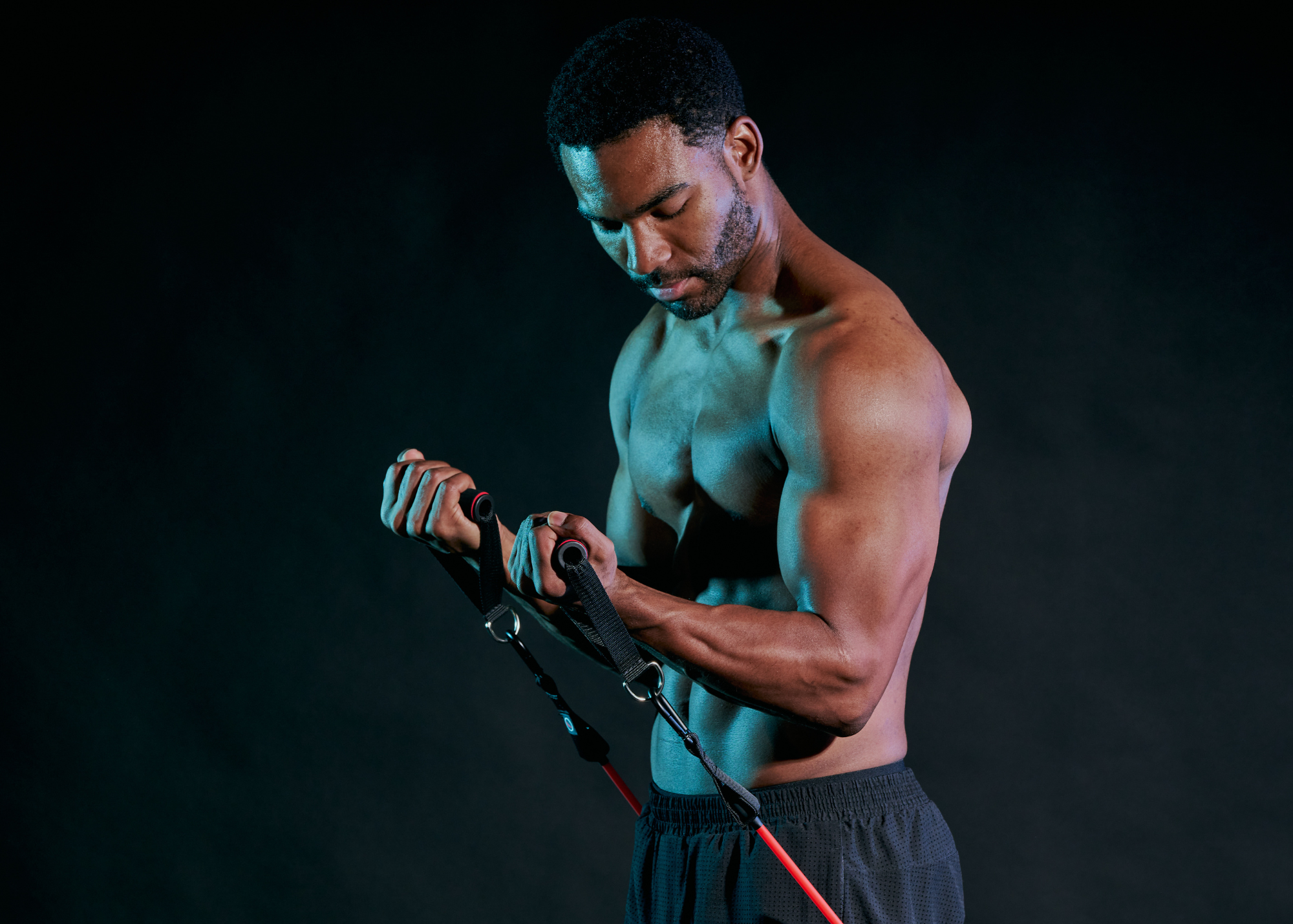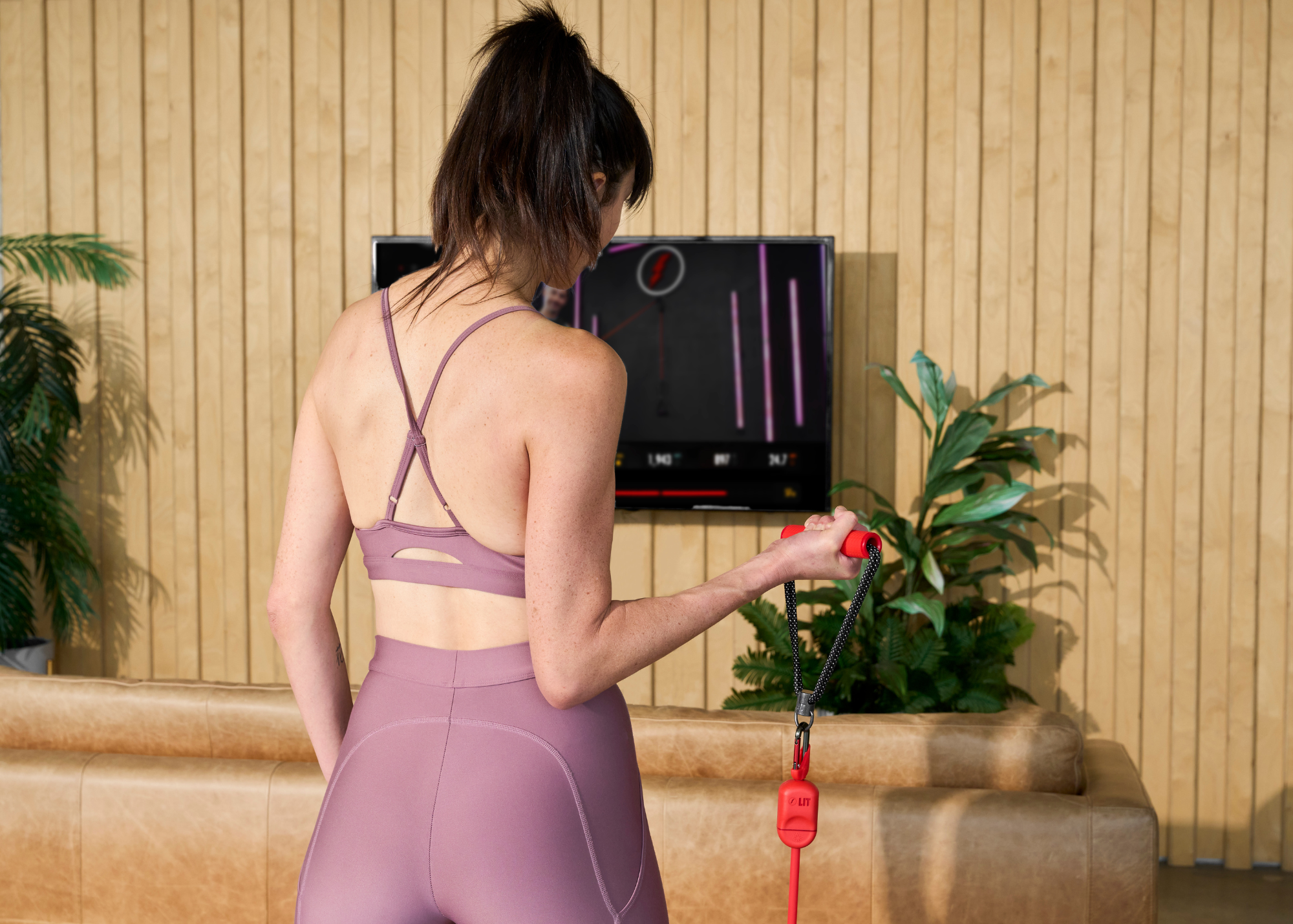Pilates and yoga may seem similar to the uninitiated, but are they the same?
While both are holistic in their approach toward well-being and fitness, yoga has its origin in ancient India while Pilates is relatively modern, devised by a German anatomist in the early 20th century. The difference between yoga and Pilates is further blurred by variations, such as Yogilates and PiYo, developed by individuals and studios worldwide.
It is true that both these forms of exercise use body weight for resistance training, but the differences are still too vast. Yoga is more spiritual and focuses on the flexibility of broader muscle groups. Pilates is a low-impact workout focusing on core strength, muscle toning, and body control.
If you are struggling to make a choice, keep in mind that yoga is an exercise form that will not only strengthen your muscles and endurance but will also draw you closer to spirituality. It is a great exercise for balanced body development. Alternatively, Pilates is relatively fast-paced and focuses more on mindfulness and deep breathing as you move through multiple movements.
This article explores the difference between yoga and Pilates to determine the most suitable one for you.
Yoga: Definition and types
Yoga is a discipline of a group of physical, mental, and spiritual practices which originated in ancient India some 5000 years ago. Different schools of yoga vary in practices in Hinduism, Jainism, and Buddhism. There are modern variations of yoga as well in practice across the world.
At its core, yoga poses called asanas combine physical exercise with deep breathing techniques known as pranayama.
If you take up yoga as the method of choice for overall fitness, then you have to practise its five principles: breathing, exercise, meditation, diet, and relaxation. Yoga gives equal preference to physical, spiritual, and emotional health.
Types of Yoga
As mentioned, several types of yoga exist; while there are unaccountable variations, we will focus on the fundamental types of yoga.
1. Hatha Yoga

Beginners must start with Hatha yoga which is the foundational form of yoga. It is the gentlest combination of physical postures (asanas) and breath control (pranayama) that teaches the concept of controlled breathing and relaxation techniques. It balances body and mind promoting flexibility, strength, and relaxation. Here’s a guide on how to get started with Hatha yoga.
2. Vinyasa Yoga

Essentially a form of cardio workout, Vinyasa yoga focuses on breathwork through a series of asanas held for a short time. It focuses on regulating and increasing your heart rate.
3. Ashtanga Yoga
Once you have mastered breathing and relaxation techniques, you can move to Ashtanga yoga, a more rigorous style. It follows a specific sequence of poses that constantly encourages movement helping build stability and improve blood circulation. Ashtanga is a physically demanding form of yoga usually practiced in a heated room.
4. Bikram Yoga

Bikram Yoga, also known as "hot yoga," is a sequence of 26 poses practiced in a temperature-controlled room heated to around 105°F (40.6°C) with high humidity. The goal of using heat is to facilitate greater flexibility and detoxification. Bikram yoga is not appropriate for individuals who are not hydrated enough.
5. Yin Yoga

A slow-paced yoga style, Yin yoga encourages the practice of long periods of poses, often several minutes, to target deep connective tissues and fascia. It is generally used for promoting flexibility and joint mobility and meditative practice, as it encourages relaxation and a release of tension.
6. Restorative Yoga

Restorative yoga is a slow-moving type of yoga involving longer poses for greater relaxation. With this yoga, you will use different props like blocks, bolsters, and blankets to support your body in the different poses. The main aim is to release muscle tension and regain strength.
7. Iyengar Yoga

Iyengar yoga places a strong emphasis on alignment and precise technique with the use of props. It is a therapeutic form of yoga that can be beneficial for recovery from trauma and injuries through slower-paced asanas.
8. Aerial Yoga

It is a hybrid type of yoga which combines traditional yoga practices integrated with the use of aerial hammock. While one does aerial yoga, their whole body bends and stretches to its maximum potential. This in turn, strengthens muscles and joints. Also, the spine health is maintained during aerial yoga.
9. Power Yoga

Power yoga is similar to Ashtanga yoga, but the poses are more intense and fitness-oriented here. It has a challenging set of poses that focus on building strength, stamina, and flexibility.
10. Kundalini Yoga

Arguably, the most spiritual form of yoga, Kundalini yoga, is distinct from other types of yoga as it involves chanting to awaken spiritual energy called kundalini. Through a combination of physical postures, breathwork, meditation, and chanting, it aims to balance the chakras and promote self-awareness, mental clarity, and inner transformation.
Pilates: Definition and types
Pilates is named after Joseph Pilates, a German fitness specialist who designed the workout in the early 20th century. The goal behind Pilates is to develop a low-impact full-body workout that, rather than building muscles, focuses on enhancing flexibility, posture, and strength. A difference between yoga and Pilates is that you can use the latter to micro-target specific regions such as glutes, abs, hips, etc.
Another difference is Pilates is more dynamic, and your limbs are in constant motion to challenge core muscle groups to improve stability. It uses a full range of motion to make the body mindful of the muscles and their movement. This is why Pilates is so popular among older people because it stabilizes the core and improves control by developing muscles without bulking up.
While the standard Pilates workout is popular, there are several other variations to choose from. Let's check out different Pilates types.
Types of Pilates
Pilates can be one of the following types depending on the tools and equipment used.
1. Classical Pilates

Classical Pilates or traditional Pilates is the original form developed by Joseph Pilates. It involves precise and controlled movements to target the core muscles. Classic Pilates requires following a specific order of exercises to improve strength, flexibility, and posture.
2. Contemporary Pilates

A modern adaption of classic Pilates, contemporary Pilates incorporates movements from other disciplines, such as dance and physical therapy. As the classic form can be a bit challenging for beginners, the contemporary form is better as it takes a more flexible approach to sequencing. It focuses on the individual requirements of the practitioner.
3. Reformer Pilates

Reformer Pilates uses special equipment known as a reformer machine, which has over 60 different exercises that can be sequenced in any order depending on the practitioner's fitness goals. The Pilates reformer machine can be adjusted to any resistance level, whether you are a beginner, intermediate, or expert.

LIT Pilates Reformer Machine is the ultimate reformer designed to strengthen your posture, precision, and performance. It is a 3-in-1 strength machine that combines a reformer, rower, and strength trainer to offer the most flexibility, robustness, and innovation.
4. Mat-based Pilates

Mat-based Pilates simply uses a Pilates mat for different exercises. The cheapest and most accessible form of Pilates, it is great if you want to try Pilates before you commit to more advanced forms. Mat-based Pilates focuses on perfecting the fundamental movements to enhance muscle coordination, stamina, and endurance.
Pilates vs. Yoga: What's the difference?
|
Aspects |
Pilates |
Yoga |
|
Origin |
Germany |
Ancient India |
|
Focus |
Core strength improvement, stability, and body alignment |
Mind-body-spiritual connection |
|
Breathing techniques |
Lateral breathing pattern |
Various breathing techniques known as pranayama. |
|
Focus of spirituality |
Minimal |
Equally focused on spiritual enhancement |
|
Equipment used |
Involves use of specialized equipment like a reformer |
Mat-based exercises |
|
Styles |
Various styles and approaches |
Different lineages and types |
|
Bottom line |
Suitable for individuals who want toned muscles, improved flexibility, and dynamic workout. |
Suitable for individuals who want physical as well as mental and spiritual benefits. |
Pilates vs Yoga: Which is Better?
Whether Pilates or Yoga is better is a speculative question, as the answer depends on your individual goals, preferences, and needs.
Pilates and yoga offer numerous physical, mental, and emotional benefits, but their approaches are entirely different. It will be short-sighted to term one better than the other. It's the instructors who can guide your experience with yoga and Pilates.
How Should You Choose Between Yoga & Pilates?
The Pilates vs. yoga debate can overwhelm you when deciding which is better suited for you. If your goal is to improve flexibility and strength, Pilates is ideal for you. But if you want overall wellness, there is no alternative to yoga.
Focus on the factors such as flexibility and difficulty level. If you have enough flexibility, yoga is an excellent workout, but if you lack flexibility, start with Pilates. Furthermore, consider any injuries and existing medical conditions before making a choice. Ultimately, the choice must depend on the availability of a reliable and experienced instructor, as it can significantly impact your experience.
FAQs
1. Can I do Yoga and Pilates both?
Many people combine both workouts for a more holistic approach to physical and mental well-being. As each has its strength, a combined workout will provide a well-rounded approach to improving strength, flexibility, and overall well-being.
2. Which is better if you're a beginner - Yoga or Pilates?
While both are suitable for beginners, the choice depends on your preferences and goals. Yoga is a more holistic approach with an emphasis on mindfulness and flexibility. Pilates is more about core strength and controlled movements.
3. What is best for neck pain - Pilates or Yoga?
You can use either practice for addressing neck pain. Pilates will focus on improving posture and strengthening the muscles that support the neck; Yoga will involve gentle and restorative styles.




